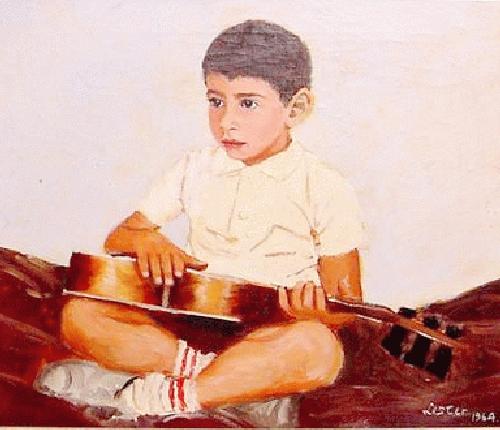
Figure 1.--William Lewis Lester painted "Boy with a guitar" in 1964. |

|
William Lewis Lester was a painter and and art teacher. He was leader in the development of a Texas Regionalist style. During the Depression he was a staff artist with the Civilian Conservation Corps. He taught art at the University of Texas at Austin for 30 years. Grafually he acquired an abstract appraoch. His subject matter included landscapes, buildings, and people. He exhibited widely and many museums both in Texas and outside the state have his works in their collection. We have noted a 1964 portrait of "A boy with a gutar". The boy seeems to show Texas' Hispanic heritage.
William was the son of John Lewis and Mildred Matilda (Padgett) Lester.
William was was born in Graham, a small Texas town, during 1910. He had nine sisters which must have been a bit of challenge for any young boy. The family moved to Dallas with his family in 1924.
William graduated from Woodrow Wilson High School in Dallas during 1929, at the onset of the Freat Depression. He apparently had already decided on an art career. He entered the Dallas Art Institute.
While at the Dallas Art Institute he met and formed strong associations with other young Texas artists, including including Alexandre Hogue, Jerry Bywaters, Otis M. Dozier,
Everett Spruce, and Perry Nichols, and others. This group is sometimes referred to as the Dallas Nine. The group tended to take highly subjective appraoches to art. The Dallas Art League was formed in 1932 and Lester became actively involved in its work. The League played an important role in developing a Texas Regionalist style. Lester was one of the young artists involved in this movement. Dallas was one of the important centers of the regional art movement in America.
Lester with associated Dallas artists in 1938 formed Lone Star Printmakers. They created and showed lithographic prints for about 4 years, until the onset of World War II. They chose lithographs because during the Depression of the 1930s, prints offered a way to paticipate in the art world at modest expense, both on the part of the artist and art consumer.
Lester married Sylvia Louise Bachrach of Dallas in 1938. They had two children.
An important influence on Lester's work were two summers durig the early 1930s when he painted at Olin Travis's backwoods cabin in Arkansas. He served as a staff artist with the Civilian Conservation Corps (CCC) at Palo Duro Canyon and Fort Sill, Oklahoma, in 1934-35. The New Deal attempted to assist anyone who was unemployed including artists. Many Gvernment building around the country are graced with work from Work Progress Administration (WPA) artists. In Lesters case he worked with the CCC, a labor corps for unemployed youths who were put to work in national parks and forests. I'm not sure what became of the work done while working with the CCC. In the altyer 30s he worked as a
a draftsman with Texas Power and Light in Dallas to support his family. Lester in 1940 began to teach. He first taught at the school of the Dallas Museum of Fine Arts and then in 1942 was admitted to the faculty of the College of Fine Arts at the University of Texas at Austin in 1942. He taught there for 30 years until retiring in 1972 as professor emeritus.
Lester continued painting while teaching. He exhibited widely and many museums both in Texas and outside the state have his works in their collection. Lester at first he focused primarily on landscapes as part of the American Scene movement. Gradually he acquired a more abstract appraoch. His subject matter included landscapes, buildings, and people. His work became increasingly personalized. He liked using vibrant colors. He was influenced by Mexiacn artists who employed brught colors in their work. He especially admired Rufino Tamayo. Lester by the 1960s was producing many dramtically abstract works.
William Lester died in 1991 at the age of 81 in Austin.
We have noted a 1964 portrait of "A boy with a gutar". The boy seeems to show Texas' Hispanic heritage. We are not sure about his boy's relationship to the gutar. He does nor seem to be painting it. He looks about the age that he would begin to learn to play a guitar.
The boy wears typical casual American clothing common in the mid-1960s. In particular the sneakers and white cotton socks with colored stripes are quite typical of the mid-1960s.
Earl D. Weed and Paul D. Lester, William Lewis Lester, The Handbook of Texas Online, accessed September 13, 2002.
Navigate the Boys' Historical Clothing artistic pages:
[Return to the Main American art page]
[Return to the Main artistic page]
[Chronologies]
[Individuals]
[National]
[Styles]
Navigate the Boys' Historical Clothing Web Site:
[About Us]
[Introduction]
[Activities]
[Biographies]
[Chronology]
[Clothing styles]
[Countries]
[Bibliographies]
[Contributions]
[FAQs]
[Glossaries]
[Images]
[Links]
[Registration]
[Tools]
[Boys' Clothing Home]
